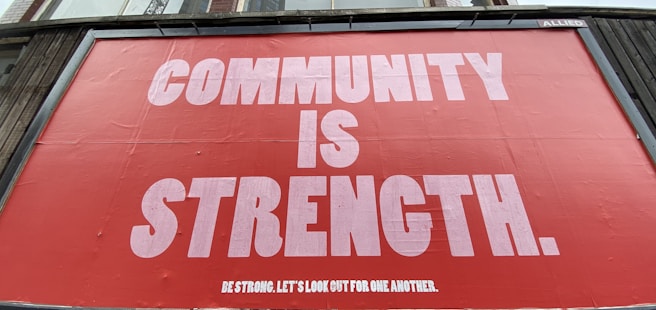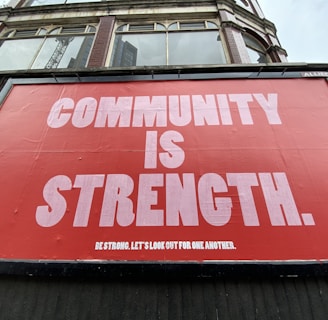Community Building
The Power of Community in Times of Crisis
9/23/20232 min read


When disaster strikes or times get tough, it is natural for people to feel alone, scared, and unsure of what to do next. However, research has consistently shown that creating community is one of the most powerful ways to help people cope and recover during difficult periods. Being connected to others provides social support that boosts mental health and well-being. It also allows for pooling of resources and coordinated response efforts that can save lives. This article will explore why community is so important during crisis and provide a comprehensive guide for how to start building one.
Why Community Matters
In the aftermath of hurricanes, wildfires, pandemics or other disasters, feelings of isolation and lack of control are rampant. Community helps counteract this by providing a sense of belonging, purpose and hope. Sharing experiences with others who understand what one is going through reduces the stigma around common emotional responses like fear, grief and anxiety. It also gives people an outlet to process their emotions and gain valuable perspective.
On a practical level, communities look out for each other's basic needs like food, shelter and medical care. Neighbors check on elderly residents. Faith groups deliver hot meals. Volunteers assist with clean-up efforts. By coming together, communities demonstrate compassion and ensure the most vulnerable members are not left behind. Pooled resources stretch further and response time to emergencies decreases.
A Guide to Building Community
The first step is connecting with neighbors. Use caution. Don't lead with "I'm a prepper with lots of food and self defense supplies" but do introduce yourself to those nearby and exchange contact info. Hosting networking events is a great opportunity to, wait for it, network with likeminded individuals. Does your neighborhood have a Neighborhood Watch program? This is a great place/opportunity to get involved with the safety of your community and, as a result, build community ties.
Identify community assets like available meeting spaces, volunteers with special skills and organizations already providing services. Coordinate to ensure efforts are complementary rather than duplicative. Designate community hubs and leaders to disseminate information and requests for aid in an organized manner.
Use virtual tools to maintain connections if in-person interaction is not advised. Create Facebook groups, email lists, text chains and video chat rooms. Share updates, ask how people are doing, and find low-risk ways to provide social support remotely like sending cards or making phone calls.
Sponsor community-wide service projects that bring people together for a common goal. Examples include fundraising, collecting supplies, preparing meals, offering child/elder care or organizing cleanups. Rotating small group responsibilities ensures no one feels overwhelmed. Recognize contributions to foster goodwill.
Check on the mental health and well-being of community members, especially those living alone. Isolating can exacerbate stress, so encourage reaching out for help. Provide resource lists of local counseling services, support groups and crisis hotlines. Make mental health a regular topic of discussion to decrease stigma.
In closing, community is one of the most powerful tools we have to weather difficult times. Even small acts of connection and support can lift spirits and change life trajectories. By working together through challenges, we build resilience that carries forward long after crisis has passed.
Thanks for reading! Get Prepped!
